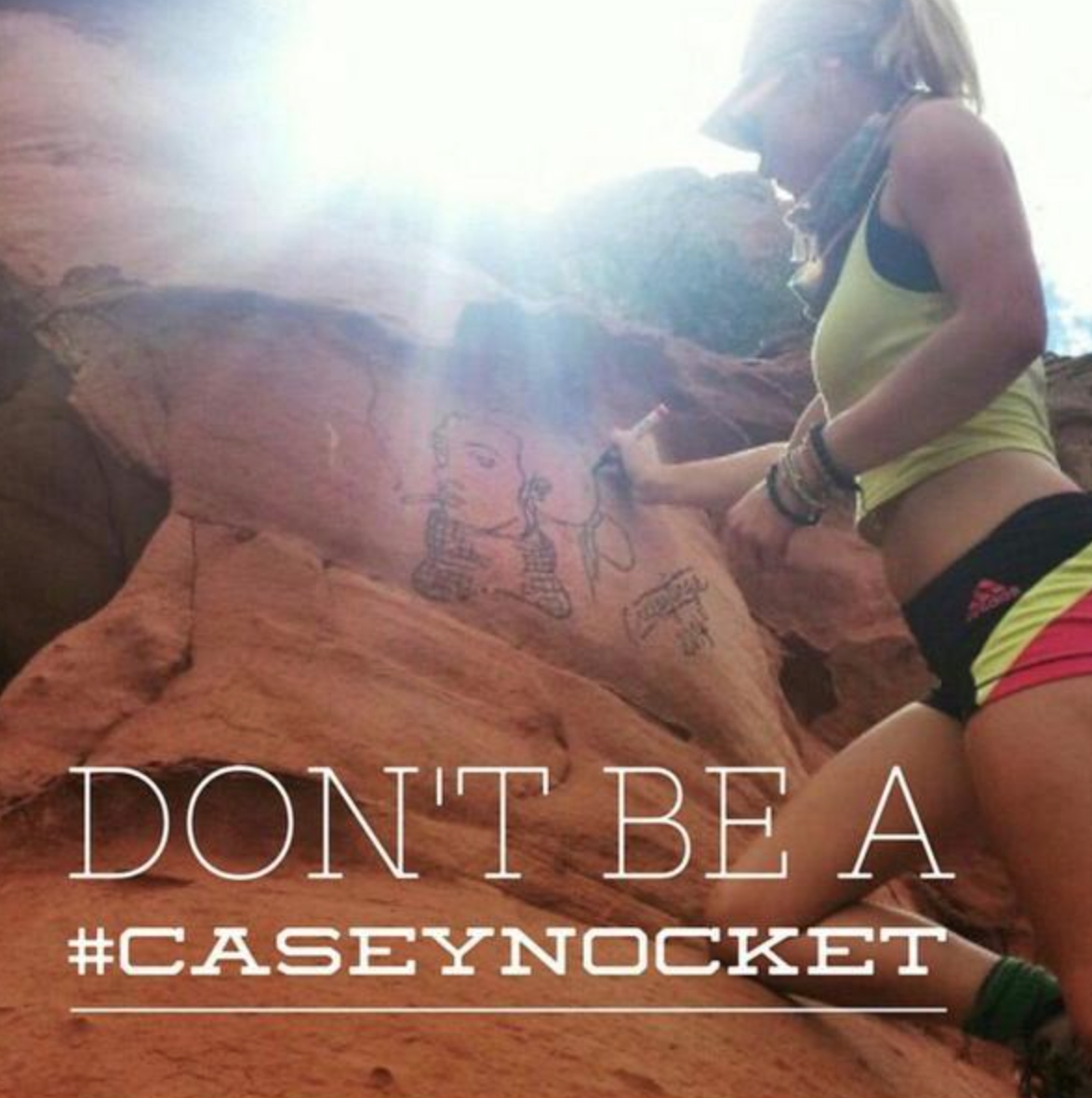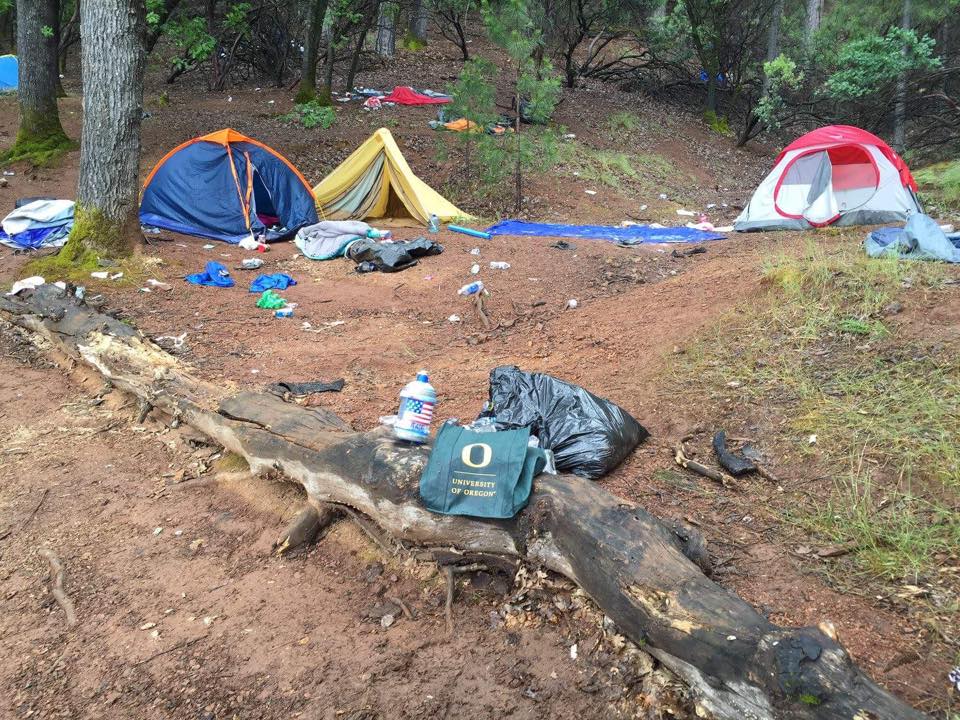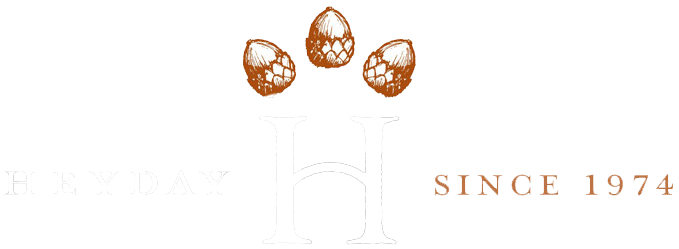
Coulsa Indian Community Members Visit Cuba
By Samuel White Swan-Perkins
Members of four Native American nations as well as representatives from the Native American Finance Officers Association (NAFOA) and National Congress of American Indians (NCAI) gathered in Havana this week to discuss cultural, diplomatic and economic exchange with Cuban leaders. Delegates from Colusa Indian Community, from Colusa County, were in attendance.
Other tribal representatives include the Oneida Nation (Wisconsin), Seneca Nation of Indians (New York), and the Swinomish Tribal Indian Community (Washington). The Colusa Indian Community is quickly becoming a major player in agriculture in the North Valley; their current ag landholdings are in excess of 4800 acres, according to the tribes’ website. The superior quality of the soil in Colusa County is excellent for growing a variety of crops including rice, alfalfa, walnuts and almonds, among others. Despite its own rich agricultural tradition, the Cuban Ag industry only contributes about 10% to its overall GDP (1) and includes coffee, rice and tobacco among its top exports.

Hosted by The Cuban Institute for Friendship with the People (Instituto Cubano de Amistad con los Pueblos or ICAP), the Colusa tribal members and other delegates were treated to an evening of cultural exchange. ICAP was founded in 1960 with the aim of clarifying to the World the events that led up to the Cuban Revolution. As the NAFOA conference webpage clarifies, “ICAP is the vehicle that strengthens the network of solidarity, while representing the Cuban people, and delivering a strong message that solidarity not only benefits Cuba but the peoples of the world who are aspiring to promote the idea that a better world is possible for all.”
The three day trip was packed with meetings and networking opportunities; after their arrival, attendees were treated to an evening of cultural exchange. Dances and gifts were presented after a traditional Cuban dinner. On Day Two of the conference, NAFOA and NCAI members met with local leaders to discuss such topics as healing, important historical touch points and diplomatic relations between the Nations.

On Wednesday, the group attended meetings to discuss a range of topics, agriculture and diplomacy being foremost. The NAFOA conference webpage shares that the group had the honor of meeting with several Cuban politicians including Maria de la Luz B’Hamel Ramirez, (Director, Republic of Cuba, Ministry of Foreign Trade & Investment, Trade Policy Division with North America, as well as the Official-Ambassador, Republic of Cuba, Ministry of Agriculture, International Affairs Division) and Yaslenia Saumell Gomez, (Specialist – Director of Business, Republic of Cuba, Ministry of Tourism).
The lush Indigenous flora and fauna of the island and its rich agricultural tradition cannot be understated. Day three afforded an excellent and rare opportunity for the visiting delegates: an opportunity to explore the Center for Genetic Engineering and Biotechnology. The largest biotechnology facility in the Caribbean, also known as Centro de Ingeniería Genética y Biotecnología (CIGB), the setting was ideal to discuss advances in genetics and microbiology. These advances will not only advance research in these areas, but in the agricultural sector as well.

